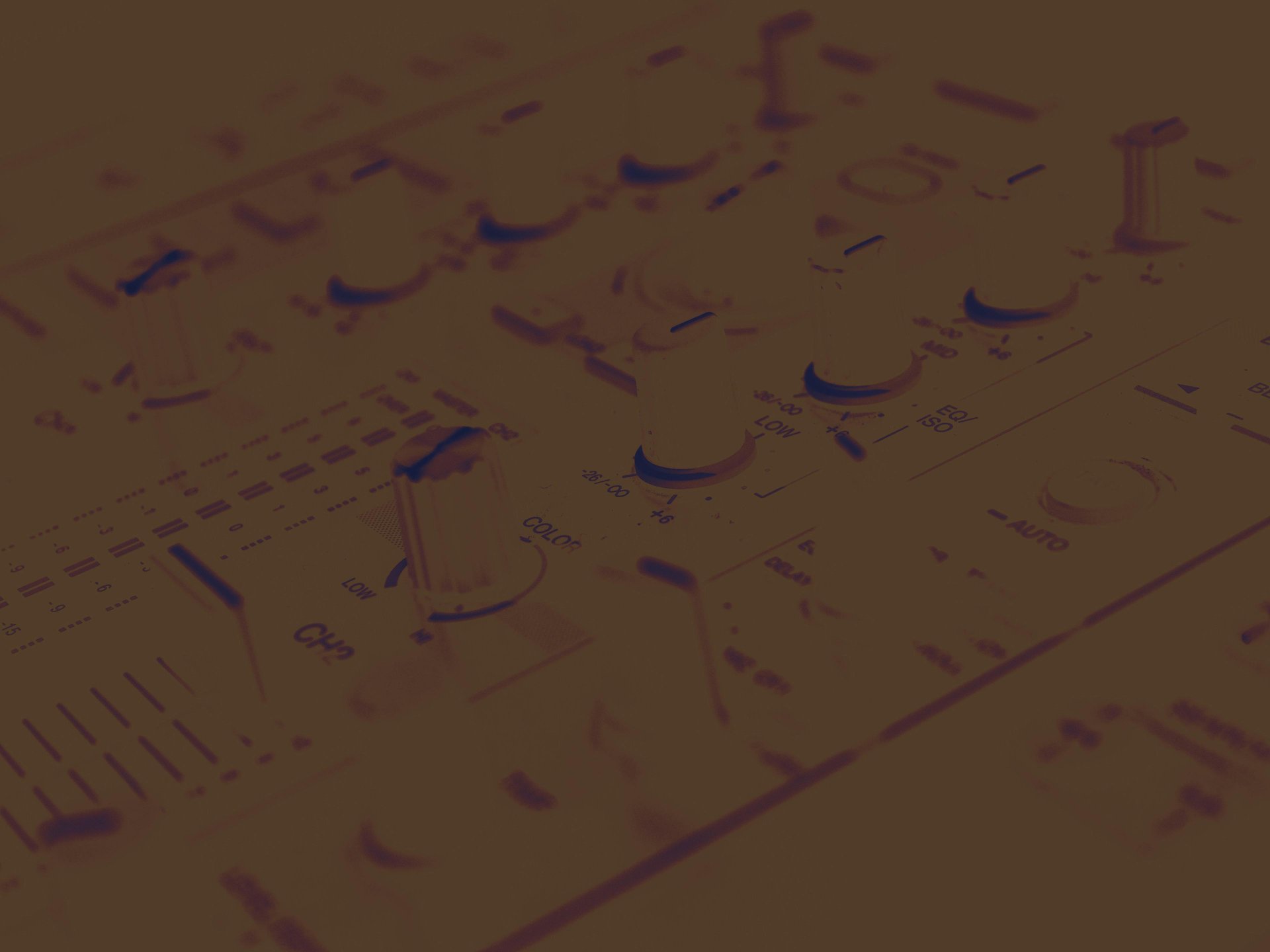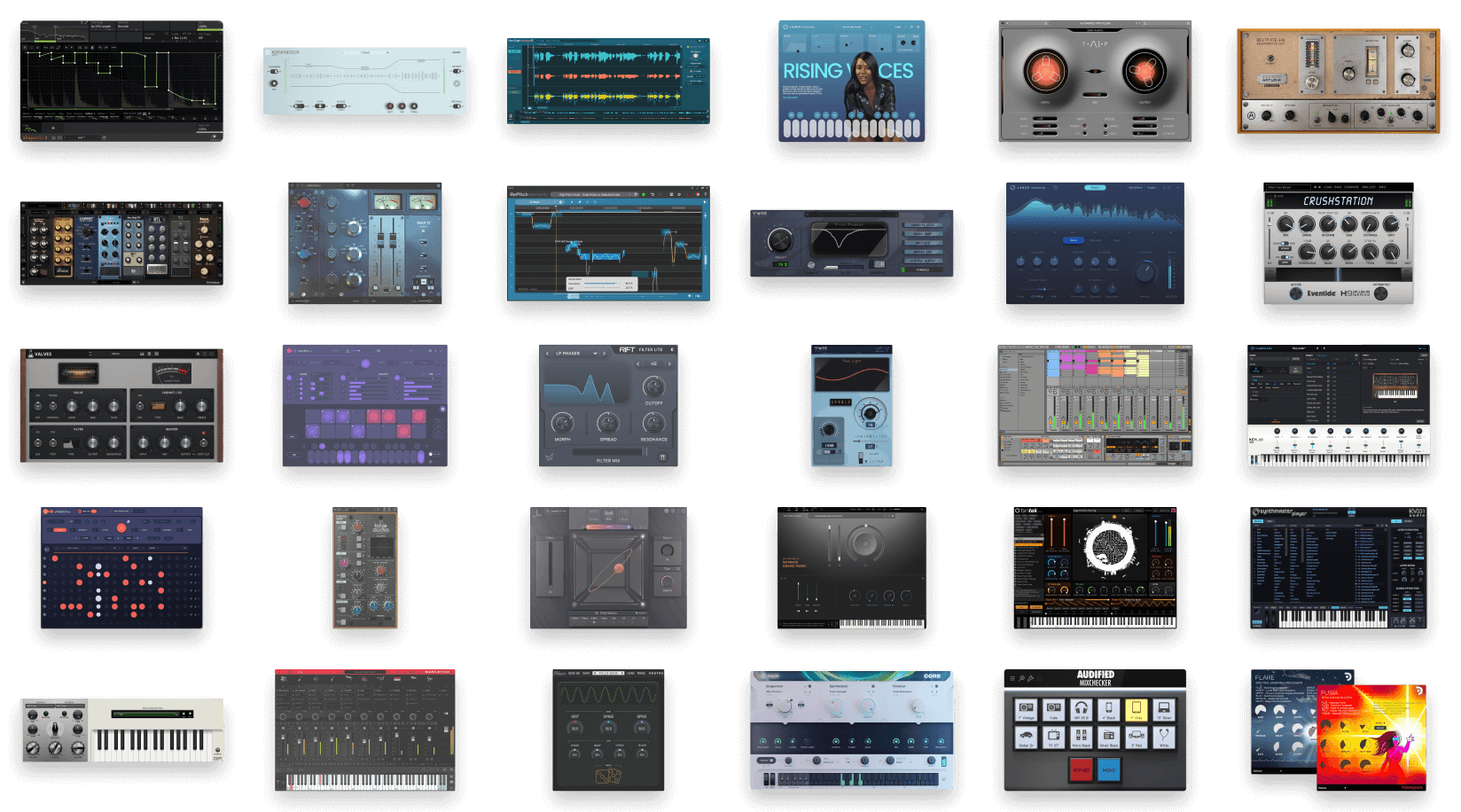How to mix music: The beginner’s guide
Make every song sound excellent before mastering.
What is mixing in music?
Mixing is the practice of layering and processing multiple audio tracks to create a well-balanced song. Producers and mixing engineers accomplish this by adjusting the volume levels and other characteristics of individual tracks, applying effects, and using other tools to prevent or solve problems.
A song that has gone through a complete mixing process is called a mixdown.
Hear how small changes affect a mix
EQ, Levels, Compression and Reverb
LANDR Samples Construction Kit
Mixing vs. mastering
Mixing happens during and/or after the recording process, and it involves treatment of all the individual tracks that make up the song. Mastering is the process of making final adjustments to the stereo mixdown file to create a master, which is the release-ready version of the song.
These are traditionally done by separate engineers, but it’s now very common for producers to mix their own songs and master them using tools like LANDR Mastering.
Either way, these two should be treated as separate but related processes. The better your mixdown is, the better your master will sound!
How to mix music
1. Develop your ear
Listen carefully to different sounds, instruments, and the music of artists you like. Developing your ear will help you better understand what kind of mixdown you want.
2. Know your setup
Learn the basic functionality of your DAW. Get studio monitors, headphones, and an audio interface that balance quality with the range of your budget. Learn the basics of room acoustics.
3. Gather your sounds
Record your instruments and sounds or gather high-quality loops and samples. Do this with care, as it’s essential to give your mixdown the best starting point possible.
4. Create your arrangement
The quality of your mixdown will be affected by how you arrange and layer the elements of your music. Learn the basics of song structure to create strong, well-balanced arrangements.
5. Adjust levels
Your sounds shouldn’t compete with each other, they should work together. Adjust their volume levels to help the most important elements shine while maintaining balance overall.
6. Apply EQ
EQ is one of your most essential mixing tools. Use it to reduce excessive frequencies, emphasize important frequencies, and prevent sounds from competing with each other.
7. Understand the stereo field
Panning, reverb, chorus, and other stereo effects can give your music a sense of dimension and depth — but they can also cause problems with clarity in your mix. Use them wisely!
8. Shape your dynamics
Compression and limiting help to shape the dynamic differences between loud and quiet elements in sound. Use them to create fullness and definition without excessive loudness.
9. Master your mixdown
Export your completed song from your DAW. Spend some time listening to it and make sure it sounds balanced, satisfying, and complete. If it does, then it’s time for the mastering stage.
For a more detailed step-by-step, check out our full guide!
Mixing music: Terms you need to know
Mixing music: Terms you need to know
DAW
A digital audio workstation (DAW) is the software you’ll use to record, produce, and mix your music. Learn about DAWs and learn how to choose the right one.
Levels
The volume levels of different sounds can have a massive impact on the overall mixdown, and even small changes can make a big difference.
Panning
Changing the panning of a sound means adjusting its “position” between the left and right speakers, which can be very useful in creating balanced mixes.
Mixer
DAWs have a mixing panel or mixing section that provides you with faders for adjusting track levels, knobs for adjusting pan position, and more.
EQ
We think of sound as existing in a spectrum of low, middle, and high frequencies — EQ is the tool you’ll use to adjust the frequency content of sounds in detail.
Compression
In order to strengthen or soften the definition and impact of sounds, compression gives you detailed control over their louder and quieter components.
Limiting
Similar to compression, limiters help us control the loudness of sounds by — you guessed it — limiting their levels automatically.
Automation
When you want certain aspects of a song or parameters of a mixdown to change over time automatically, you can do this within our DAWs using automation.
Common mixing mistakes
Poor recording technique
If your music involves acoustic instruments, take time to learn about the different types of microphones and how to use them properly for each instrument.
Poor sound selection
If you use loops and samples and you want a professional-sounding mix, start out with a balanced selection of high-quality sounds.
Too much reverb
Reverb is a powerful tool, but it can also produce extra energy in the middle and lower-middle frequencies that can interfere with vocal and instrument sounds.
Poor dynamic range
It can be tempting to make your beats loud and intense all the time, but a truly great mix has more variation and balance between louder and quieter elements.
Poor management of gain
Recording and mixing involves countless decisions about volume levels at various stages — learn about gain and how to get it right.
Not referencing
A mixdown can sound different depending on the speakers or headphones you’re using — listen on a variety of devices to make better mixing decisions.
Monitoring too loud
Always listening to your song at a high volume can give you the illusion that your mix is fuller and louder than it really is — be conscious of your monitoring level.
A poorly-treated room
The acoustics of your mixing space will affect your mixdown — learn about common acoustic issues and know how to address them within your budget.
Too much soloing while mixing
Pay attention to how elements sound in relation to (and in combination with) one another, not just how they sound on their own.
Phase issues
Phase is a subtle but highly impactful aspect of sound — learn about what it is and how to fix or avoid problems that will harm your mixdowns.
Conflicting elements
Some sounds can compete with each other in the frequency spectrum, like vocals and lead instruments. Learn how to listen for this and achieve balance.
Not taking breaks
Your ears can get fatigued over time, and your brain can struggle to make good decisions when you’ve been focusing too hard for too long — be sure to take breaks!
Not asking others for feedback
Show your unfinished mixes to friends or even professionals to get input on how they sound. You never know what another pair of ears can help you accomplish.
Not enough headroom
A mixdown shouldn’t be too loud — it needs to leave enough room for the adjustments that will be necessary for a good master. This is called headroom.
Waiting until the mastering stage
Don’t assume that the mastering process will solve your mixdown problems — the mixdown should be strong if you want a powerful, professional-sounding master.

